A poorly aligned Magna Latch isn’t a minor nuisance — it’s a direct safety failure. If the latch doesn’t engage every single time the gate closes, you’ve effectively removed the last barrier that protects children and pets from entering the pool area.
Most misaligned latches trace back to incorrect hinge tension, gate sag, or improper backset. When the gate doesn’t swing cleanly, the magnet can’t catch, and the latch becomes unreliable. That’s more than an annoyance: ASTM F2286 requires self-closing, self-latching gates for compliant pool barriers.
A properly adjusted Magna Latch isn’t optional — it’s a core safety layer.
Understanding the parts saves you from adjusting the wrong thing.
The vertical mechanism mounted on the gate. Contains:
Mounted on the fence post. This is the piece the latch “grabs.”
Height relationship between latch and striker.
If this is off → the latch won’t engage.
Side-to-side position.
If off → the gate hits or scrapes the latch.
How far the striker sits inward/outward relative to the latch.
If too deep → binding.
If too shallow → latch won’t hold.
TruClose hinges control:
If hinge tension is wrong, latch adjustments won’t fix anything.
Pool Guard gates pair Magna Latch + TruClose because the combo maintains alignment long-term.
Pro Tip: If the gate sags or the hinges are worn, do not bother adjusting the latch — fix the hinges first.
Most “latch problems” are actually gate problems.
Check:
If the gate doesn’t self-close from 45–90°, fix the hinges before adjusting the latch.
Pool Guard’s self-closing gates are engineered to prevent sag and alignment drift — which eliminates 90% of these issues.
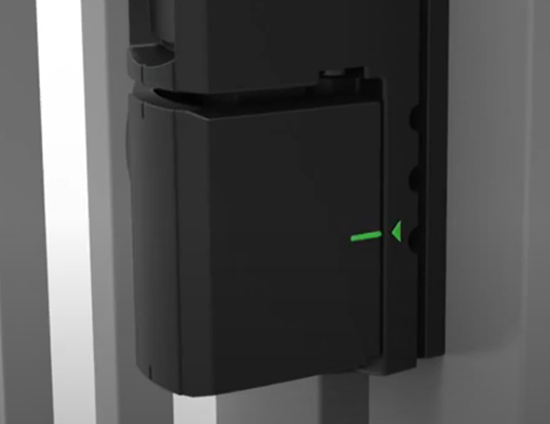
Use tension screws or hinge slots depending on your hinge model.
You want:
If the gate won’t self-close, STOP — you cannot proceed.
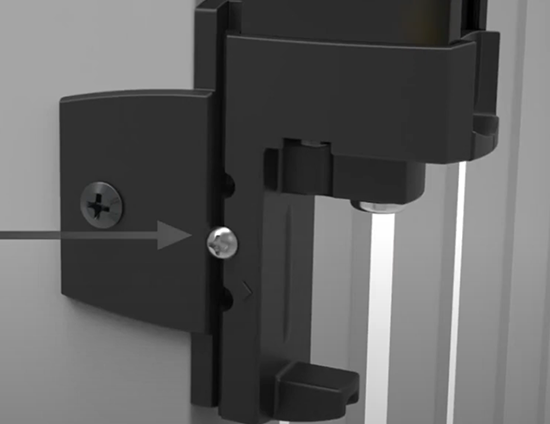
If you have a model with alignment markers, line them up precisely.
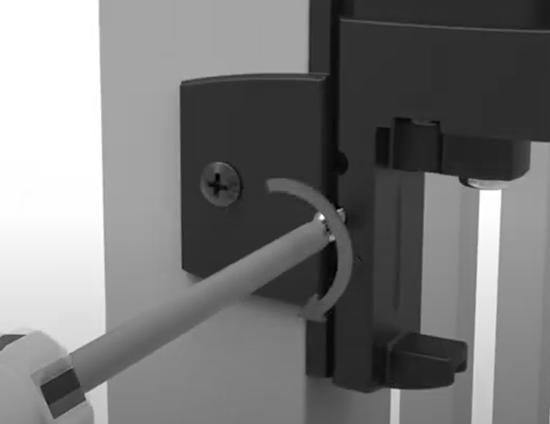
Backset = how far the striker “reaches” into the latch.
This is the most misadjusted part by homeowners.
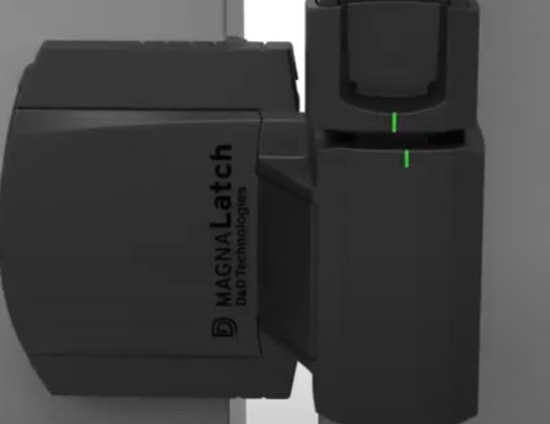
The striker should meet the latch without scraping or hitting.
A millimeter makes a difference here.
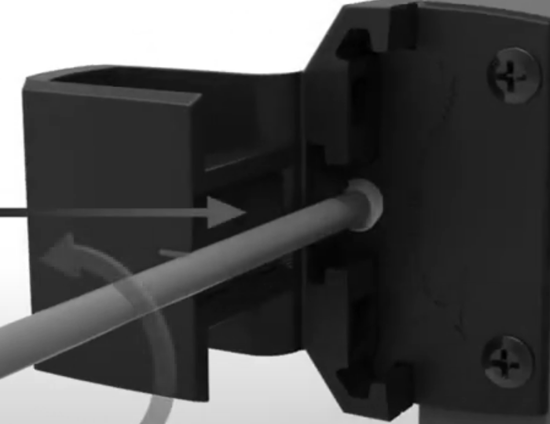
Let the gate swing shut naturally at multiple speeds:
Check:
This is your compliance check.
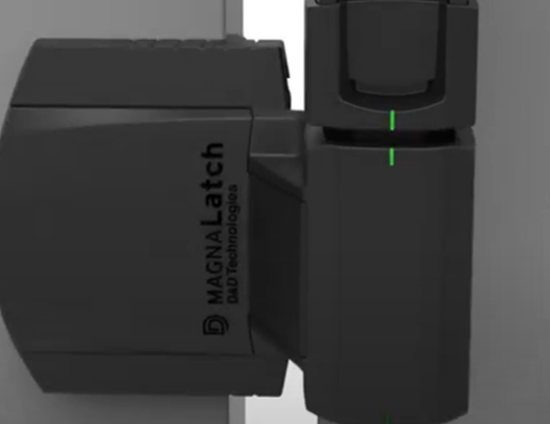
Cause: hinge tension / sag
Fix: Adjust or replace hinges
Cause: vertical or horizontal misalignment
Fix: Re-align height + backset
Cause: shallow backset or loose striker
Fix: Set deeper backset + tighten screws
Cause: dirt, corrosion, UV wear
Fix: Clean, lubricate, or replace
Reality check: Safety devices aren’t lifetime components. Replace them when worn.
Replace the Magna Latch if you see:
Structural issues mean the latch isn’t the problem — the gate is.
Pool Guard’s self-closing gates come pre-calibrated with Magna Latch + TruClose hinges to maintain long-term alignment.
Most insurers require:
If the latch fails to engage:
A properly adjusted Magna Latch is a compliance requirement, not a convenience.
Pool Guard technicians tune, repair, and replace faulty gates with ASTM-certified solutions.
A well-adjusted Magna Latch is one of the most important safety components on any pool gate. A small misalignment can create a major safety risk — and most issues are preventable with proper hinge tension, clean backset adjustment, and correct vertical alignment.
If your gate needs constant tweaking or still fails to self-latch after adjustment, it’s time to upgrade the hardware or the gate itself.
Need a reliable, self-closing, self-latching pool gate? Pool Guard’s ASTM-certified gates combine Magna Latch + TruClose hinges for maximum safety, durability, and long-term alignment.
Please fill out the form below with your information. Your local dealer will be notified about your inquiry.
Please fill out the form below with your information. Your local dealer will be notified about your inquiry.